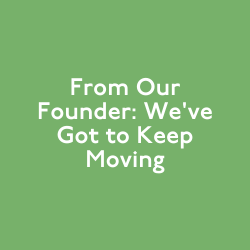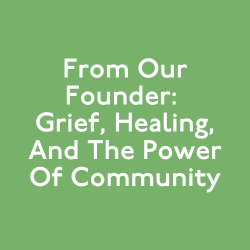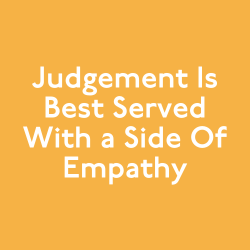Written by Founder and CEO, Sara Potler LaHayne
English teachers are not required to teach math. Science teachers do not blow the whistle to kick off flag football during physical education. The point is, we entrust certain positions to certain people with certain skills to ensure the best overall outcome for our children. Except with social and emotional learning (SEL).
The fact is, SEL has been accepted and is now being implemented by school districts across the world. An article in the New York Times on Feb. 29, 2016 reported on California’s move to test students on their SEL abilities in eight districts. A new federal law requires states to include one non-academic measure in judging school performance. While testing may not be the right way to ensure our students are fully supported emotionally, the problem isn’t with SEL itself. The problem is implementation of SEL. Many schools opt for SEL-in-a-box, as if teachers can literally unpack emotional skills and manage students with a few charts and a couple of high fives.

Most tools, whether online or in a box, are entirely student facing. This approach does not meet the mark. Perhaps, because teachers are already tasked with educating students, adjusting to ever-demanding standards, dealing with parents, handling discipline, and shouldering immense pressure based on the results of their students, it is assumed that teachers can already handle their emotions.
Every student walks in with their physical backpack, full of assignments and books, and their emotional backpack, with hidden triggers, touchy subjects, and overbearing schedules. Teaching core subjects is already challenging enough when navigating a room full of emotions. Teaching emotions in a room full of emotions is an entirely different realm.

We can’t succeed without focusing on every adult who also enters the building, alongside the students. We must help school staff form support units, build a common language to discuss emotions and stress, and collaborate for an action plan.
Once we as adults and educators are better able to understand ourselves, and how our team dynamics can make us stronger, we are much better able to cope with the everyday pressures of running a school, and the emotions of our students.
What we are really looking to build is emotionally supportive communities that are not afraid to express themselves and dare to reach their full potential. That’s why we can’t afford to ignore the needs of teachers, many of whom are most in need of support and all of whom are role models for our students.










